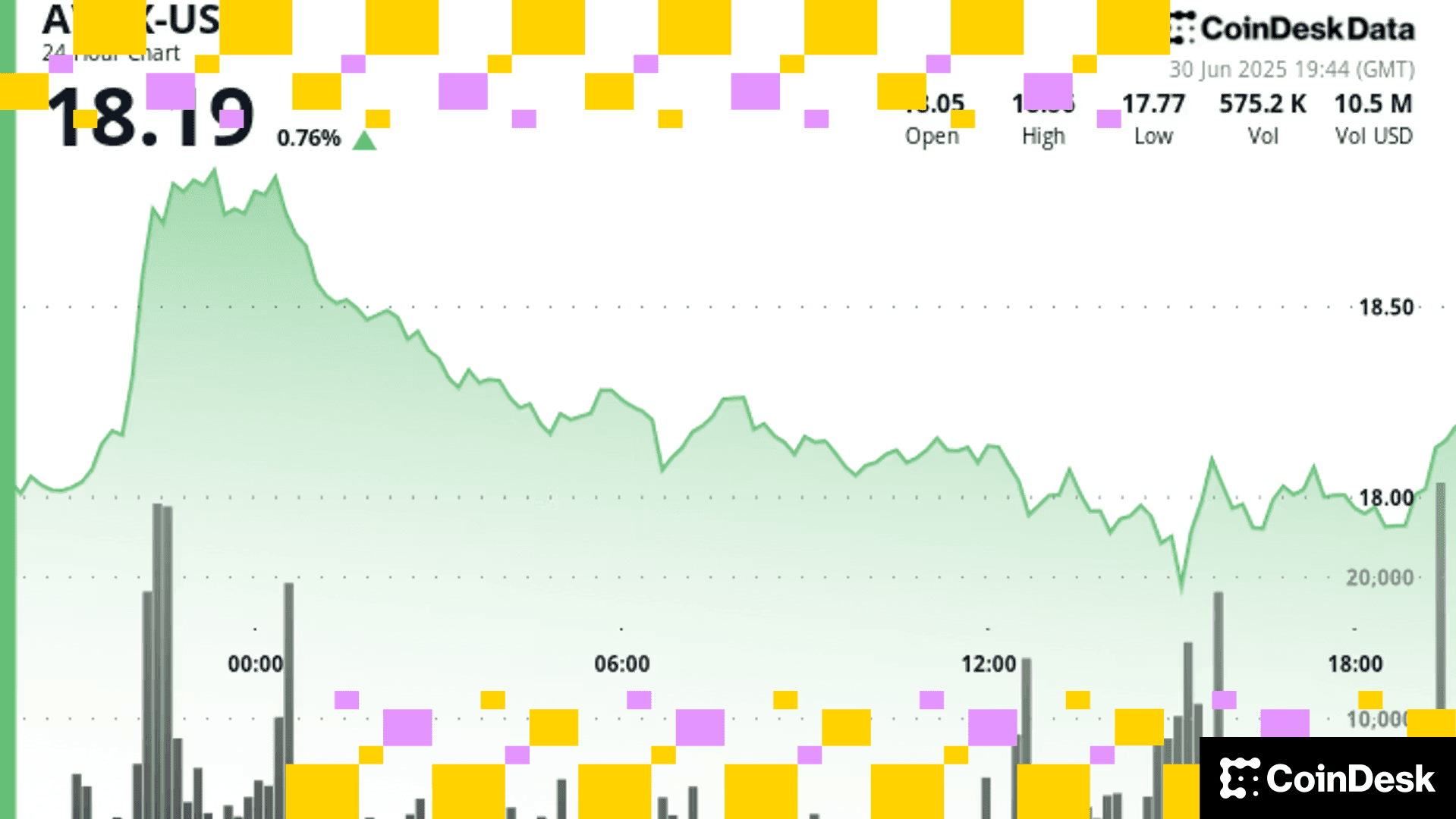BIS Paper Says There's Potential to Embed Regulation Into Stablecoin Systems
The need to regulate global stablecoins like libra doesn't mean authorities can't embrace innovation, according to according to a BIS working paper.

Regulatory responses to private, "global" stablecoins like libra need to take into account the potential of the technology in payments, according to economists at the Bank for International Settlements (BIS).
In a new working paper published Tuesday, Raphael Auer and Jon Frost, with Melbourne Law School finance lawyer Douglas Arner, drew a line between centralized and decentralized stablecoins, and said the potential of libra to quickly be adopted by hundreds of millions of Facebook product users means regulators will need to adapt quickly.
But the need to protect economies, the monetary system and consumers "does not preclude public authorities themselves from embracing innovation." Global stablecoins offer benefits in cross-border payments in particular, according to the paper, and can challenge existing types of payment in e-commerce.
See also: Federal Reserve, 6 Other Central Banks Set Out Core Digital Currency Principles
Stablecoins are generally cryptocurrencies that attempt to maintain a value linked to fiat currencies, such as the U.S. dollar, or other assets.
The paper argues that technology in general offers the potential to increase supervision and provides the necessary tools for implementing and enforcing financial regulation. Specifically, stablecoins present the option to implement supervisory requirements and frameworks into the systems that operate them, paving a way for "embedded supervision."
"Direct automated provision of data as a licensing or registration requirement for digital payment systems and markets provides an important opportunity to better use technology to achieve regulatory and supervisory objectives as well as reduce costs for market participants," the authors said.
Stablecoins, particularly decentralized ones, also bring the possibility of building "a robust monetary instrument" into blockchain applications, such as for programmable money.
See also: MakerDAO’s DAI Stablecoin Breaks $1B Market Cap
The paper further examined whether alternative methods of payment, such as central bank digital currencies or fast payment systems, would be better suited to for the "functions that stablecoins seek to address," concluding they may be more effective "in many cases."
Still, baking frameworks for supervising and monitoring transactions directly into stablecoin systems has the potential to enhance the achievement of regulatory objectives, the authors said.
Ironically, the technology was "initially ... targeted with making the role of regulation unnecessary," they wrote.
More For You
Exchange Review - March 2025

CoinDesk Data's monthly Exchange Review captures the key developments within the cryptocurrency exchange market. The report includes analyses that relate to exchange volumes, crypto derivatives trading, market segmentation by fees, fiat trading, and more.
What to know:
Trading activity softened in March as market uncertainty grew amid escalating tariff tensions between the U.S. and global trading partners. Centralized exchanges recorded their lowest combined trading volume since October, declining 6.24% to $6.79tn. This marked the third consecutive monthly decline across both market segments, with spot trading volume falling 14.1% to $1.98tn and derivatives trading slipping 2.56% to $4.81tn.
- Trading Volumes Decline for Third Consecutive Month: Combined spot and derivatives trading volume on centralized exchanges fell by 6.24% to $6.79tn in March 2025, reaching the lowest level since October. Both spot and derivatives markets recorded their third consecutive monthly decline, falling 14.1% and 2.56% to $1.98tn and $4.81tn respectively.
- Institutional Crypto Trading Volume on CME Falls 23.5%: In March, total derivatives trading volume on the CME exchange fell by 23.5% to $175bn, the lowest monthly volume since October 2024. CME's market share among derivatives exchanges dropped from 4.63% to 3.64%, suggesting declining institutional interest amid current macroeconomic conditions.
- Bybit Spot Market Share Slides in March: Spot trading volume on Bybit fell by 52.1% to $81.1bn in March, coinciding with decreased trading activity following the hack of the exchange's cold wallets in February. Bybit's spot market share dropped from 7.35% to 4.10%, its lowest since July 2023.
Meer voor jou












